This section leaves O Porriño towards Mos past the village of Sanguiñeda. Mos is mainly a pedestrian town where you can see the Pazo dos Marqueses, which can be visited during the afternoon, the church of Santa Eulalia, the cross and a fountain with scallop shells and pilgrims as decoration by a bench that can be a good place to rest. There is also a pilgrim’s hostel in the building known as “casa blanca”.
READ MORELeaving the Pazo dos Marqueses behind, you start climbing the Rúa dos Cabaleiros up to the cross of “Cruceiro dos Cabaleiros”, which is thus called because of the horse fair that is held here. It is also called “Cruceiro da Vitoria” to signal the victory over Napoleon’s troops.
The Camino continues after these first 5 kilometres climbing towards the heights of Inxerto e Infesta, the highest point being at the chapel of Santiaguiño de Anta, where you can see several Camino-related motifs such as the Apostle or the Cross. Here you can also find the Cruceiro de Santiaguiño do Monte, and close by the Miliario de Guizán, and part of the 19th Roman road on the Antonine Itinerary. This milestone not only worked as a boundary marker, but it was also believed to have fertility powers for women who wanted to have children, and that is why it was not moved to the Museum of Pontevedra, as there was opposition from the locals.
The route enters the municipality of Redondela and goes back onto the N-550, the road linking Tui and A Coruña. From this coastal town, you can see the Ria de Vigo, with the bridge of Rande across it and the Cíes Islands in the background. In the middle of the ria, you can see the Isle of San Simón. It is now uninhabited but it is steeped in history and is listed as a heritage site in Spain. Originally settled by the Knights Templar, it was used as a lazaretto in the 19th and early 20th centuries, as a prison during the Spanish Civil War, and later on as a school for orphans.
In Redondela, you can visit the convent of Vilavella and the church of Santiago, and civil engineering structures such as the two viaducts, one of the railway line between Vigo and Madrid and the other on the line going to Pontevedra.
Tips from our postmen and women
What to do and see in Mos?

“Before you reach Mos, on the road known as the “Camiño das Tapias”, by the house of the local poet María Magdalena Domínguez, you will find the Cruz Alta de Serodio, where pilgrims usually stop and leave a stone with their promises and wishes”.
What to do and see in Redondela?

“In Redondela, I recommend a walk along the beach and, if the tide allows, a visit to the point where the statue of Jules Verne is located, just opposite the Isle of San Simón. If you find a boat, you can get to the island and see one of the most important boxwood groves in Europe.
At dusk, you can admire the Alameda, a French-style park opposite the town hall, and have something to drink on one of its lovely squares. Of course, you must try some of our traditional dishes, the “chocos da ría na súa tinta”, a squid dish, is a beloved choice. The squid has actually given us the nickname of “choqueiros”.
Accommodations O Porriño - Redondela
Image gallery
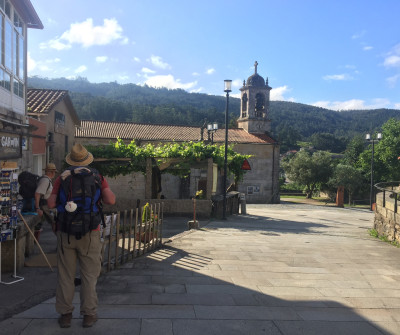
Camino Portugués en su paso por Mos
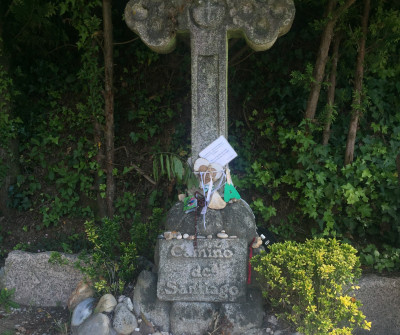
Cruz en Mos, punto de paso del Camino Portugués
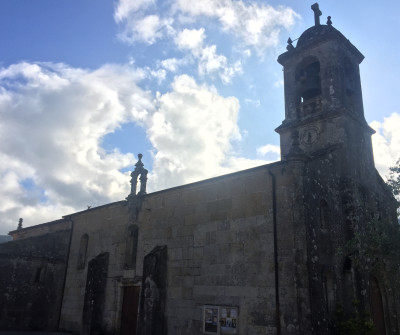
Iglesia en Mos, segunda etapa del Camino Portugués
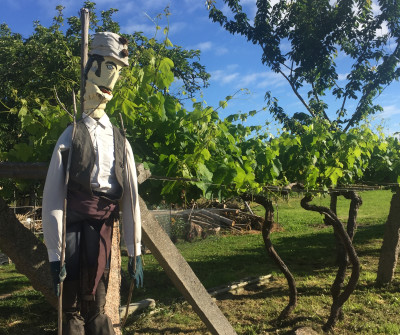
Espantapájaros en Mos, segunda etapa del Camino Portugués
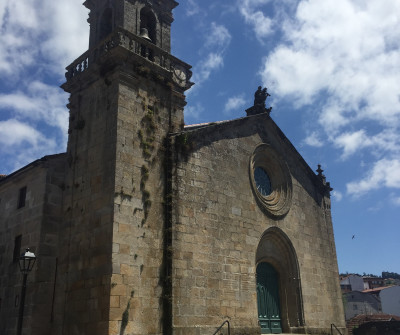
Iglesia de Santiago en Redondela, Camino Portugués
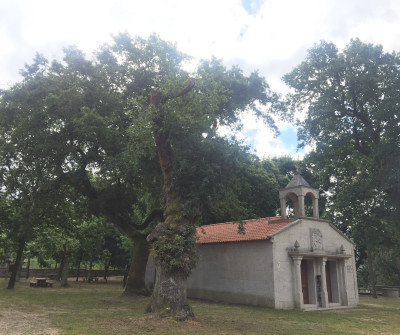
Capilla de Santiaguio de Antas en Mos, Camino Portugués
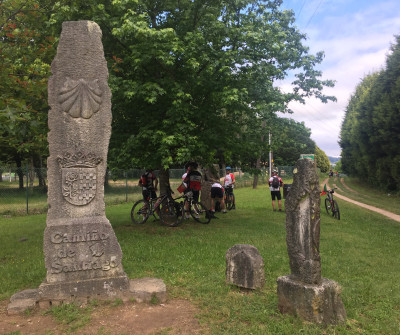
Santiaguio de Antas en Mos, Camino Portugués
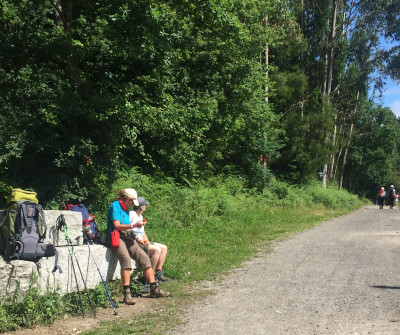
Entrada del Camino Portugués a Redondela
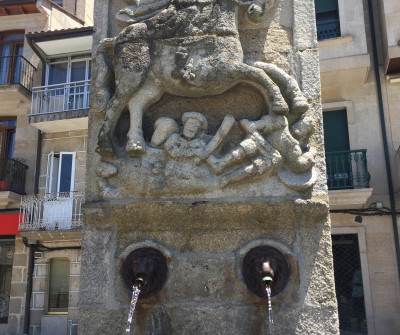
Fuente de Santiago Apóstol en Redondela, Camino Portugués
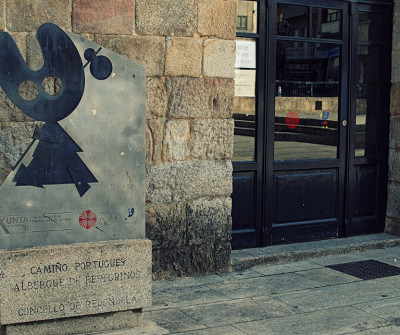
Peregrino Xacobeo en el albergue de Redondela, Camino Portugués
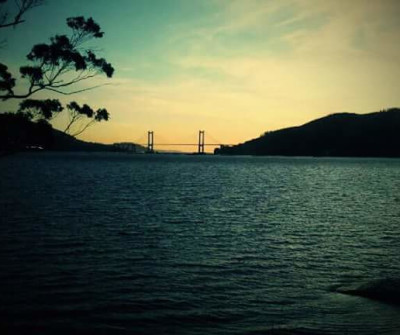
Puente de Rande, en el Camino Portugués
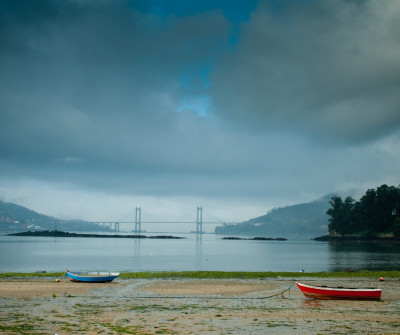
Vistas de la Ría de Vigo en el Camino Portugués
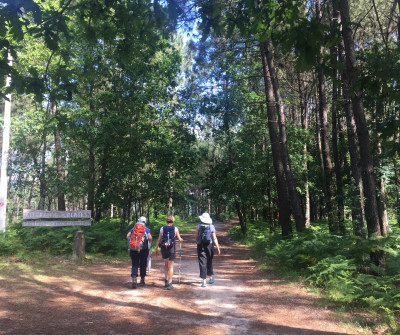
Camino Portugués en su paso por Saxamonde
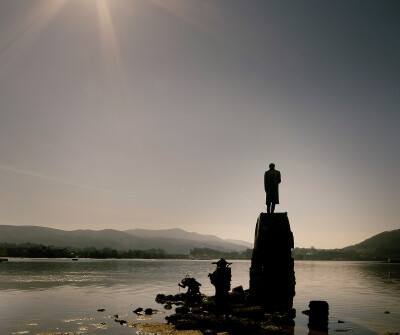


 Filter
Filter